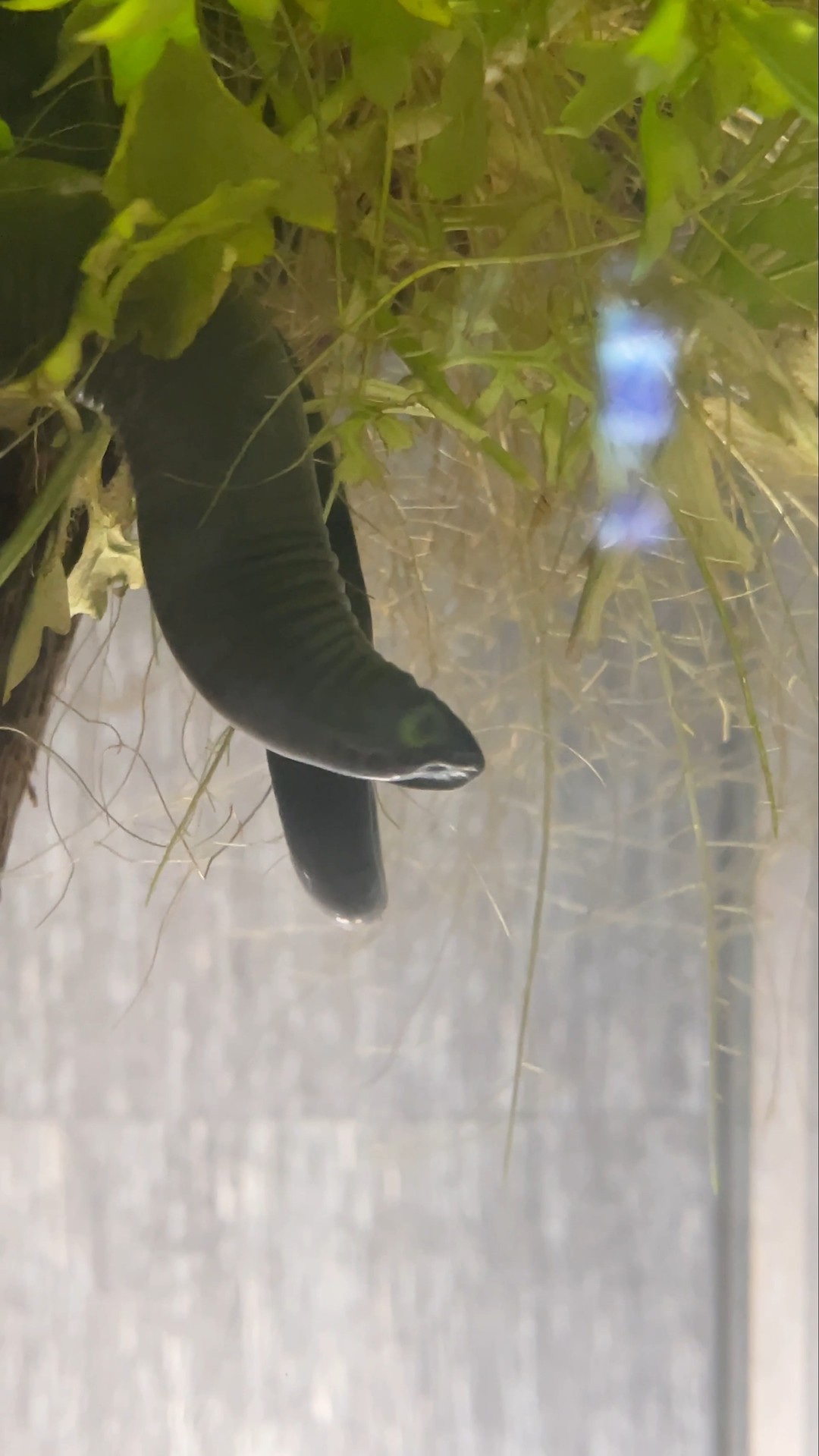– Understanding the significance of Aquatic Caecilian exhibits in the context of biodiversity and conservation
– Exploring the Rivers of the World gallery and its role in educating the public about freshwater ecosystems
– The importance of water quality management in aquarium exhibits and its impact on resident species
– The value of ‘tiny wow’ moments in enhancing visitor experience and appreciation for less-known aquatic life
– How attentive exploration at aquariums can lead to broader support for wildlife conservation efforts
Aquarium visits offer a mesmerizing journey through the underwater world, allowing guests to marvel at the wonders of aquatic life. However, despite the allure of grand tanks teeming with flamboyant species, some of the most intriguing exhibits often go unnoticed by the hurried visitor. Case in point: the Aquatic Caecilian display, tucked away within the Rivers of the World gallery. This exhibit presents an opportunity to understand a group of creatures whose modest appearance belies their fascinating biology and critical role in their ecosystems.
Aquatic Caecilians are amphibians that dwell in freshwater habitats of the tropics. They are limbless, serpentine creatures often mistaken for eels or snakes, yet they are more closely related to frogs and salamanders. Exhibits that feature these elusive animals expand our knowledge of biodiversity and highlight the intricacies of aquatic life forms. While their secretive lifestyle and modest size may not attract immediate attention, their presence in the Aquarium is pivotal for education about lesser-known taxa.
The Rivers of the World gallery serves a dual purpose: it showcases the diversity found in freshwater environments and emphasizes the importance of rivers as lifelines for both human and non-human species. Exploring this area carefully, visitors encounter various habitats and the specially adapted organisms that inhabit them. The gallery’s design enables a cohesive journey through the world’s major river systems, conveying how each river supports a unique array of life.
Within this space, a Water Quality Lab Technician’s role becomes evident. These professionals are tasked with ensuring the delicate balance of water parameters needed to mimic natural conditions for the residents of the exhibit. Factors like pH, temperature, salinity, and nutrient levels are constantly monitored and adjusted. This meticulous attention supports the well-being of species like the Aquatic Caecilian, which require specific conditions to thrive away from their native habitats.
The Aquatic Caecilian is just one of many ‘tiny wow’ moments that beg for recognition. These moments captivate visitors with the subtleties of the aquatic world, often sparking curiosity and awe toward organisms that would typically go unnoticed. During these instances, an appreciation for the smaller, equally vital members of the ecological community is cultivated.
Slowing down while exploring the Aquarium enables interactions that enrich the overall experience. Besides the visual pleasure, each exhibit provides educational value. Placards or interactive displays accompany living exhibits to share insights about the showcased species’ biology, ecology, and conservation status. For instance, learning about the Aquatic Caecilian’s role in its natural habitat can emphasize the link between habitat health and species survival.
Focused exploration at aquariums offers another critical advantage: it fosters an environment supportive of conservation awareness and action. When visitors pause to admire the hidden gems in aquariums, like the Aquatic Caecilian, they gain a broader understanding of the world’s complex ecosystems. This understanding can lead to increased support for conservation initiatives as the public becomes more invested in protecting the charismatic megafauna often associated with conservation and the smaller, obscure species that play equally significant roles.
In sum, the next time you visit the Aquarium, take your time as you traverse the galleries. Let curiosity be your guide, leading you to revel in small wonders like the Aquatic Caecilian exhibit. These experiences are invaluable, forging a deeper connection between humans and our planet’s myriad life forms. This connection is essential for sustaining the rich tapestry of life on Earth.
*****
Source Description
While you’re at the Aquarium, be sure to pump the brakes while exploring the galleries. Otherwise, you risk missing many ‘tiny wow’ moments, like the easily overlooked Aquatic Caecilian exhibit in the Rivers of the World gallery.
Take it from our Water Quality Lab Technician: this isn’t one to rush past!


